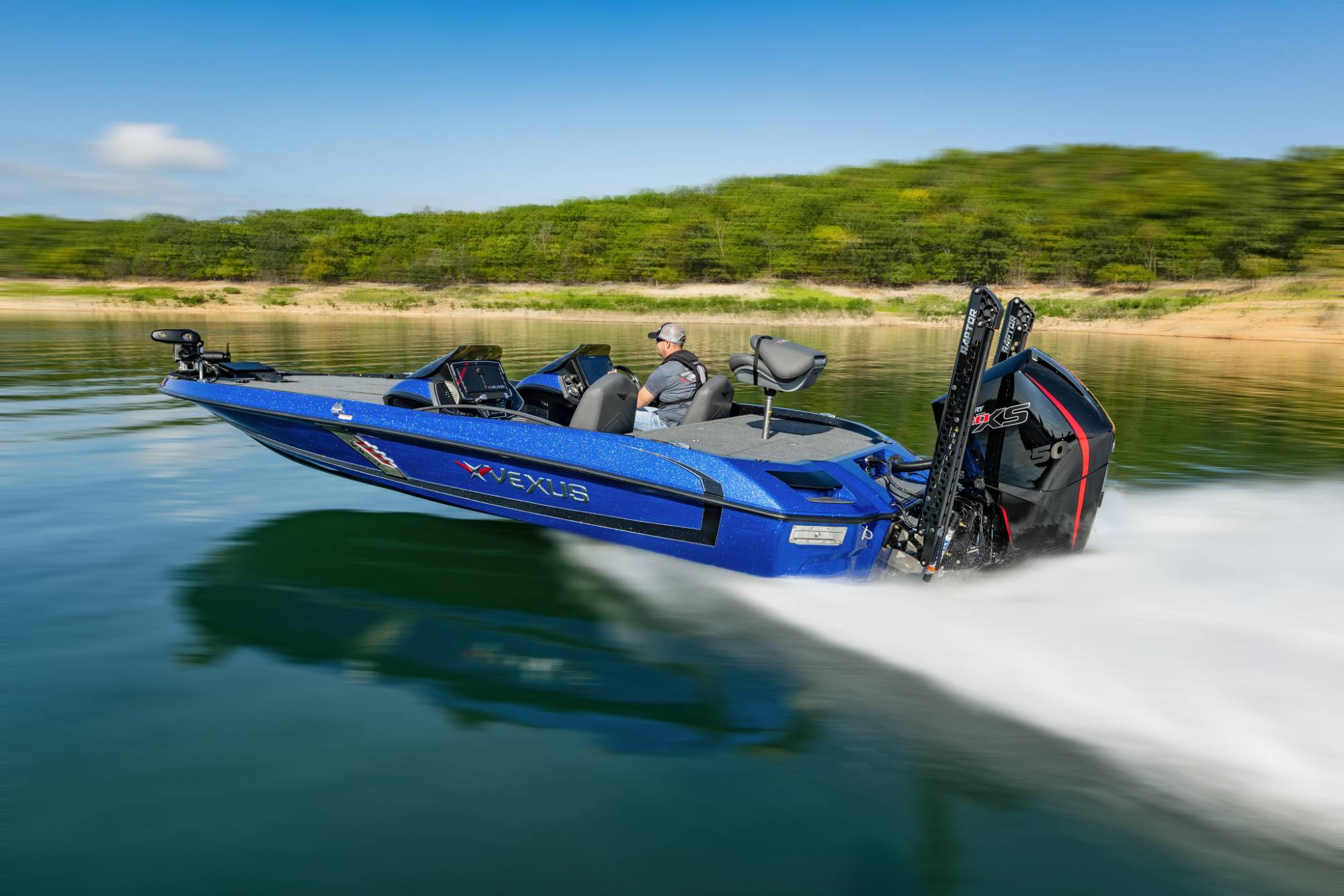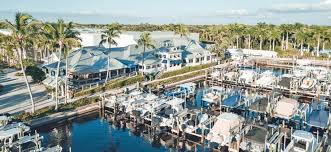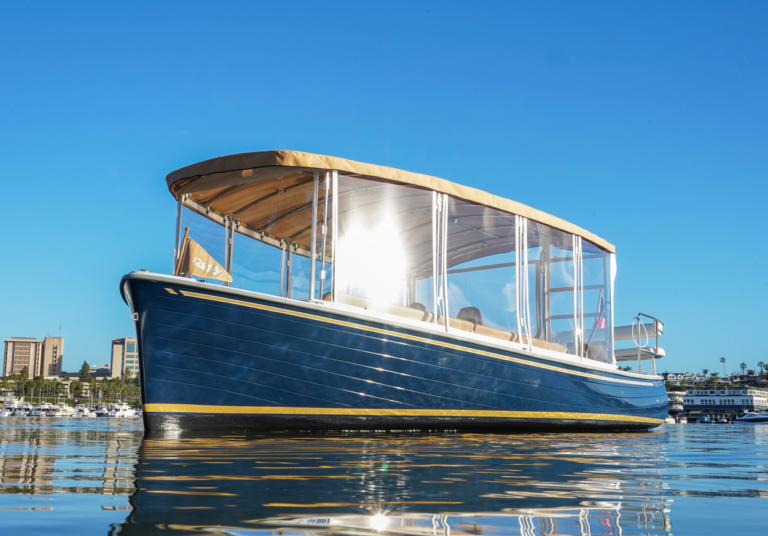Small Craft Advisory: Essential Safety Measures for Boaters
A small craft advisory is a crucial warning for boaters and sailors to be aware of, especially for those operating smaller vessels. Issued by the National Weather Service in the United States and Environment Canada in Canada, this advisory serves as a precaution when winds have reached or are expected to reach speeds marginally less than gale force within 12 hours [^1^]. These wind speeds can range from 20 to 33 knots depending on the geographical area, and they can create hazardous wave conditions that pose a significant risk to inexperienced mariners [^2^].
Understanding the importance of a small craft advisory can help save lives and prevent accidents on the water. Mariners should be mindful of weather warnings and stay updated on the latest information from the National Weather Service or their regional meteorological agency. When a small craft advisory is in effect, inexperienced boaters should avoid navigating in the affected area. More experienced sailors should take necessary precautions, such as preparing their vessel and crew for challenging conditions, to ensure safety at sea [^3^].
Key Takeaways
- A small craft advisory is a vital warning for boaters navigating in potentially hazardous wind and wave conditions.
- Issued by meteorological agencies, these advisories alert mariners to wind speeds ranging from 20 to 33 knots.
- Inexperienced sailors should avoid navigating in small craft advisory conditions, while experienced sailors should take proper safety precautions.
Understanding Small Craft Advisory
A Small Craft Advisory is a type of wind warning issued by the National Weather Service in the United States, while a similar warning is issued by Environment Canada. The purpose of this advisory is to alert mariners of hazardous weather conditions that may affect their small vessels at sea.
The National Oceanic and Atmospheric Administration (NOAA) states that an advisory is issued when a hazardous weather event is coming or imminent, but does not meet the criteria for a warning. A Small Craft Advisory specifically means that wind speeds of 21 to 33 knots are expected to produce hazardous wave conditions for small boats. Inexperienced mariners, particularly those operating smaller vessels, should avoid navigating in these conditions to reduce the risk of accidents.
Small craft advisories play a crucial role in ensuring the safety of boaters during periods of poor weather. This includes low pressure systems over water, as well as poor visibility due to fog or rain. Typically, these advisories are limited to areas within 40 miles of land, as explained by Monsoon Safety.
Apart from weather patterns, other factors that affect small craft advisories are the type of boat and the experience level of the operator. When issued, it is essential for boaters to heed these advisories and take necessary precautions. Warning flags and light signals are also often used to convey the advisory information to mariners, further emphasizing the importance of understanding these visual cues.
In summary, a Small Craft Advisory serves as a valuable tool for promoting the safety of mariners and their vessels during hazardous weather conditions. Boat operators should remain aware of these advisories and respond accordingly to ensure their well-being and the protection of their property at sea.
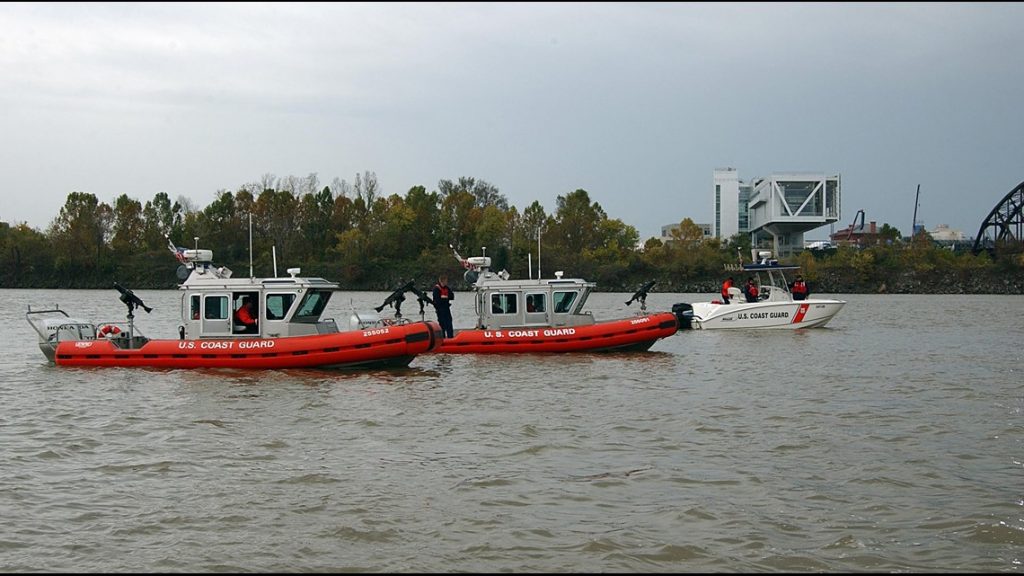
Descriptions and Warnings
Small craft advisories represent a critical aspect of marine forecasts. Different types include gale warnings, storm warnings, and hurricane warnings. Below, we cover the most common types of warnings and their significance for those navigating waters.
Gale Warning
A gale warning signifies that sustained surface winds or frequent gusts of a certain speed, typically between 34 and 47 knots, are either expected or imminent. In response, mariners must exercise caution as increasing wind speeds present hazardous conditions for smaller vessels. A gale watch indicates that gale force winds are possible but not yet certain.
Storm Warning
Storm warnings are issued when winds reach a sustained speed of 48 to 63 knots within 12 hours [source]. These alerts indicate an elevated risk to life and property. Boaters should take appropriate precautions and secure their vessels to avoid potential damage or loss.
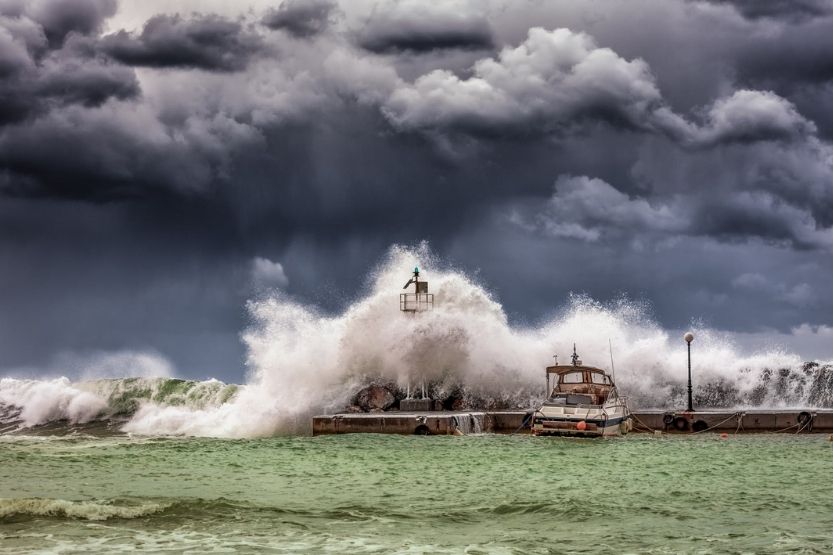
Hurricane Warning
A hurricane warning indicates that hurricane conditions are not only forecasted but are also expected within a specific area. This includes the presence of sustained winds greater than 64 knots. Mariners should avoid the waters, anchoring their vessels securely or moving them to a safe location on land.
Tropical Storm Warning
A tropical storm warning alerts mariners of a tropical storm that is either imminent or currently occurring. This type of warning is issued when wind speeds fall within the 34 to 63 knot range. Preparations should be taken to lessen potential damages to vessels and other property.
Wind Warning
Wind warnings, such as the small craft advisory, signal to inexperienced mariners that wind speeds of 21 to 33 knots are expected and may produce hazardous wave conditions. Those operating smaller vessels should avoid navigating the waters to prevent unnecessary risks. In such cases, adhering to marine forecasts is critical to ensure safety.

Weather and Sea Conditions
Small craft advisories are issued by the National Oceanic and Atmospheric Administration (NOAA) as a warning for mariners to anticipate hazardous conditions, particularly for operators of small vessels. Weather and sea conditions play a significant role in determining whether it is safe for small crafts to navigate certain areas.
Wind speeds of 21 to 33 knots are expected during a Small Craft Advisory, creating hazardous wave conditions that pose a danger to inexperienced mariners and small boats. Boating safety depends on the awareness of these conditions and taking necessary precautions.
Wave heights during a small craft advisory can vary; however, it is important to take note of the combined seas. Combined seas refer to the combination of wind waves and swells, which can result in choppy, dangerous waters that are difficult for smaller boats to navigate.
In addition to wind and wave conditions, mariners should also consider the impact of rain during a Small Craft Advisory. Heavy rain can reduce visibility and make navigation difficult, while also increasing the already choppy sea conditions. It's essential to remain vigilant and monitor marine weather warnings consistently to stay safe during these conditions.
Ultimately, understanding the weather and sea conditions associated with small craft advisories is crucial for ensuring the safety of mariners and passengers. Keeping abreast of changing conditions through resources like National Weather Service Marine Forecasts can prepare boaters for what to expect and help them decide whether or not to embark on their journey.

Role of National Weather Service
The National Weather Service (NWS) plays a crucial role in providing essential weather information to the public, including small craft advisories. Operating under the National Oceanic and Atmospheric Administration (NOAA), the NWS ensures accurate and timely delivery of weather-related data, such as marine forecasts for coastal and Great Lakes areas.
One of the significant services provided by the NWS is the issuance of Small Craft Advisories. These advisories are meant to alert boaters of potentially hazardous conditions, which include wind speeds of 21 to 33 knots or wave heights of 10 feet or more. The goal is to ensure the safety of small craft operators and encourage them to take precautions to prevent accidents.
The NWS also makes use of NOAA Weather Radio networks to broadcast marine forecasts and critical information about small craft advisories. This system allows for real-time communication and the dissemination of essential weather updates to all radio-equipped vessels within coastal and Great Lakes regions. Mariners can rely on these broadcasts to stay informed about current and expected weather conditions, enabling them to make informed decisions while out at sea.
Another important aspect of the National Weather Service's role is the continuous monitoring and improvement of their marine forecasting abilities. By working closely with other agencies, such as Environment Canada and the US Coast Guard, the NWS actively works to enhance the quality of their forecasts and ensure they provide the most accurate and up-to-date information to users.
In summary, the National Weather Service plays a critical role in helping to keep mariners safe and informed by issuing small craft advisories, providing regular marine forecasts, and utilizing technology such as NOAA Weather Radio for real-time communication. Their commitment to enhancing their forecasting abilities ensures that boaters receive the most accurate and timely information available.
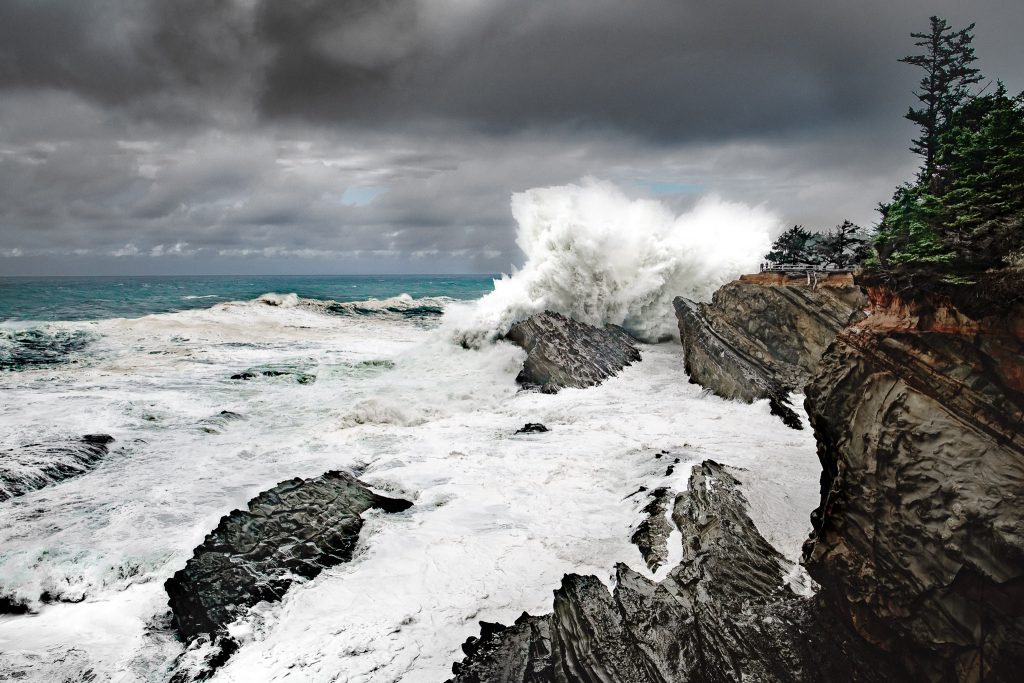
Safety Measures
During a Small Craft Advisory, it is crucial for boaters to be prepared and cautious. The following are some safety measures that should be taken into account:
Weather monitoring: Boaters should keep a close eye on the weather conditions to be aware of any unexpected changes. This can include monitoring weather websites, apps, radio channels, and local forecasts. It is essential to be aware of the wind speed and wave height that trigger the advisory to assess the situation accurately.
Life vests: Wearing life vests is a critical practice for ensuring safety during a Small Craft Advisory. Especially when the winds are between 21 to 33 knots (24 to 38 miles per hour) or seas of seven feet or greater are expected or occurring over water, according to the National Weather Service.
Emergency equipment: Having appropriate emergency equipment on board, such as life rafts, flares, a first-aid kit, fire extinguishers, signaling devices, and a whistle, is crucial. These items should be stored in a waterproof container for easy access during adverse conditions.
Navigational skills: Boaters should ensure they possess adequate navigational skills before venturing out on the water during a Small Craft Advisory. This includes being knowledgeable about the use of a compass, GPS, and a marine chart. Familiarity with the local area and waterways is also important.
Preparation and communication: It's essential to share the boating plan with someone on land, including information about the itinerary, the number of passengers on board, and the expected return time. This contact person should be aware of what to do in case of an emergency.
Following these safety measures will drastically reduce the risk of accidents during a Small Craft Advisory.

Meteorological Parameters
When it comes to understanding a small craft advisory, several meteorological parameters are crucial for mariners. These parameters help boaters determine the level of precaution they should take while sailing.
One significant meteorological factor to consider is the current wind speed and direction. For example, winds from the east (e wind) might affect boating conditions differently compared to winds from the south (s wind) or northwest (nw wind). The strength of the wind also influences the advisory, as gusts can make sailing more challenging and hazardous.
Another essential meteorological factor is the height and period of wind waves, which are generated by the wind blowing over the water. These wind waves are distinct from swells, which are formed by distant storms and can travel long distances before reaching the coast. Swells from the west (w swell), for instance, might have a different impact on coastal areas than swells from other directions. Understanding both wind waves and swells are crucial, as they affect the safety of boating operations.
It's essential for boaters to be familiar with these parameters to ensure their safety while sailing in a small craft advisory scenario. By considering the current wind, gusts, wind waves, swells, and other relevant meteorological factors, mariners can make well-informed decisions and navigate safely in various conditions.
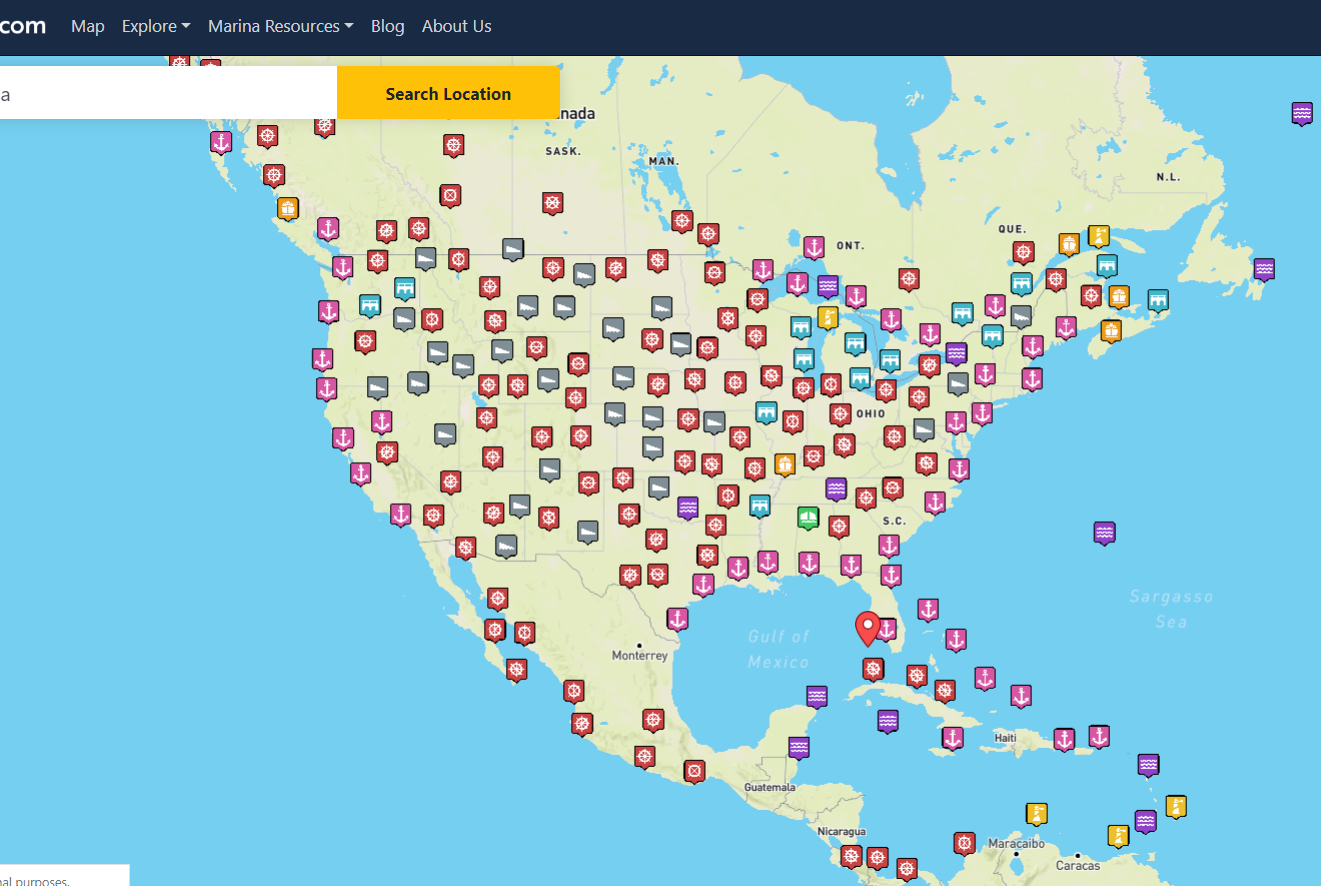
Geographical Coverage
Small craft advisories are typically issued by coastal and Great Lakes Weather Forecast Offices (WFO) for areas included in the Coastal Waters Forecast or Nearshore Marine Forecast products. The thresholds governing the issuance of small craft advisories vary depending on the specific geographical area.
In the United States, the National Weather Service is responsible for issuing small craft advisories, while in Canada, Environment Canada issues similar warnings. Coastal waters, inland areas, and areas affected by tropical cyclones are all prone to small craft advisories depending on the prevailing wind conditions.
For instance, Los Angeles and other coastal regions in California may experience small craft advisories due to the unique weather patterns along the Pacific coastline. In Los Angeles/Oxnard, CA, advisories may be issued for areas such as Point Piedras Blancas, which are known for being affected by stronger winds and hazardous wave conditions.
It's also worth noting that small craft advisories are not only limited to coastal waters; they can also apply to inland areas where strong winds and sea or lake ice conditions pose risks to the safety of mariners, particularly inexperienced ones or those operating smaller vessels.
Overall, geographical coverage of small craft advisories is widespread, encompassing coastal waters, inland areas, and regions affected by tropical cyclones, ensuring that mariners across a wide range of locales receive appropriate guidance to help them navigate safely in challenging conditions.
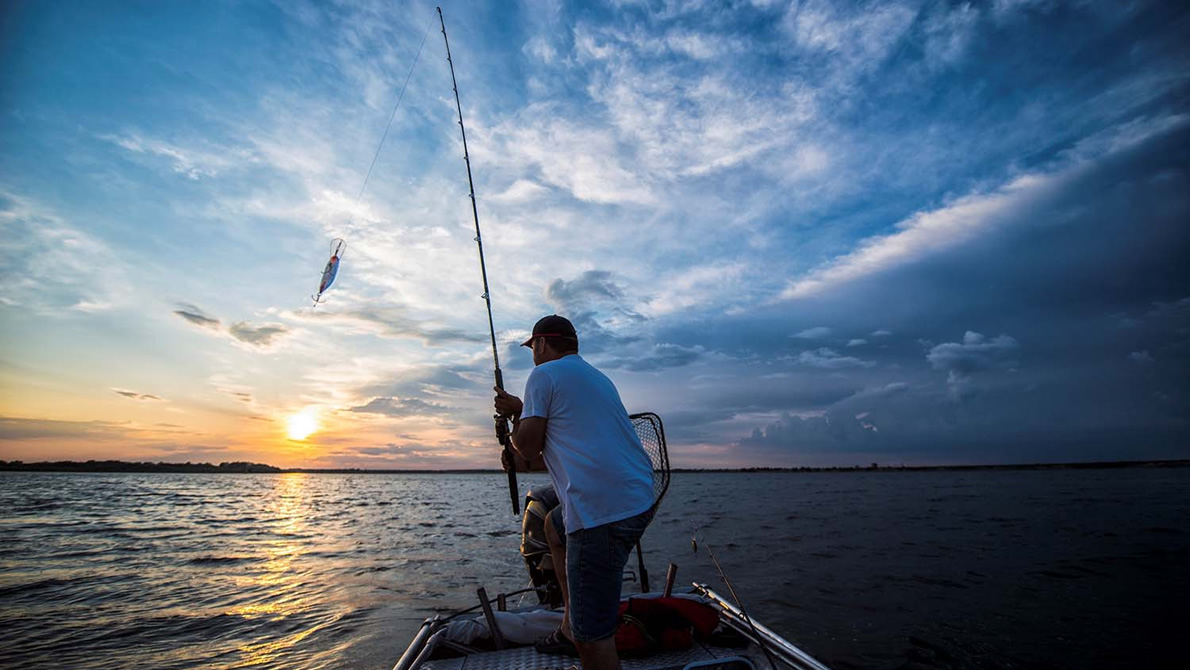
Other Pertinent Information
In a small craft advisory, boaters should exercise caution as wind speeds of 21 to 33 knots are expected, which can produce hazardous wave conditions for smaller vessels. This warning is particularly important for inexperienced mariners operating small boats.
Career opportunities related to small craft advisories can be found in organizations such as the National Weather Service (NWS) and NOAA, where meteorologists and oceanographers play a crucial role in issuing such warnings. These professionals analyze weather data, study various publications, and monitor conditions like patchy fog that can affect visibility for small boat operators.
Small craft advisories are not limited to specific regions or zones, as weather conditions can vary across different geographical areas. For instance, in the PZZ670 area, mariners might expect a small craft advisory to be issued when sustained winds reach 25 knots or more, and wave heights exceed 10 feet. As weather conditions are continually changing, it is important for small boat operators to stay updated on the latest advisories.
In order to facilitate communication among boaters and ensure they have access to up-to-date information regarding small craft advisories, NOAA operates the Coastal Warning Display Program. The program uses flags and colored lights at select small boat stations to warn boaters of potential storms and hazardous conditions.
It is crucial for those operating small boats like kayaks, canoes, and sailboats to heed small craft advisories. By paying attention to such warnings, mariners can take appropriate measures to ensure their safety and the safety of others on the water.

Frequently Asked Questions
What factors determine a Small Craft Advisory?
A Small Craft Advisory is issued by the National Weather Service when wind speeds of 21 to 33 knots are expected to produce hazardous wave conditions for small boats. Factors like the experience of the operator, type and size of the boat, and the overall condition of the boat should also be considered when determining whether a vessel is considered a "small craft" ^source^.
How does a Small Craft Advisory impact boating?
During a Small Craft Advisory, inexperienced mariners, especially those operating smaller vessels, should avoid navigating due to hazardous wave conditions ^source^. Wave heights and wind speeds may make it challenging for small boats to maintain stability and control.
When is a Small Craft Advisory typically issued?
Small Craft Advisories are typically issued when wind speeds are between 18 to 33 knots, or 24 to 38 miles per hour ^source^. These conditions could change rapidly, so it's important to stay updated on the weather forecast as well as any additional details provided by local weather stations.
How can I stay updated on Small Craft Advisory alerts?
One way to stay updated on Small Craft Advisory alerts is to check the National Weather Service's marine forecast on the internet ^source^. You can also receive marine forecasts or buoy observations over the phone or via email.
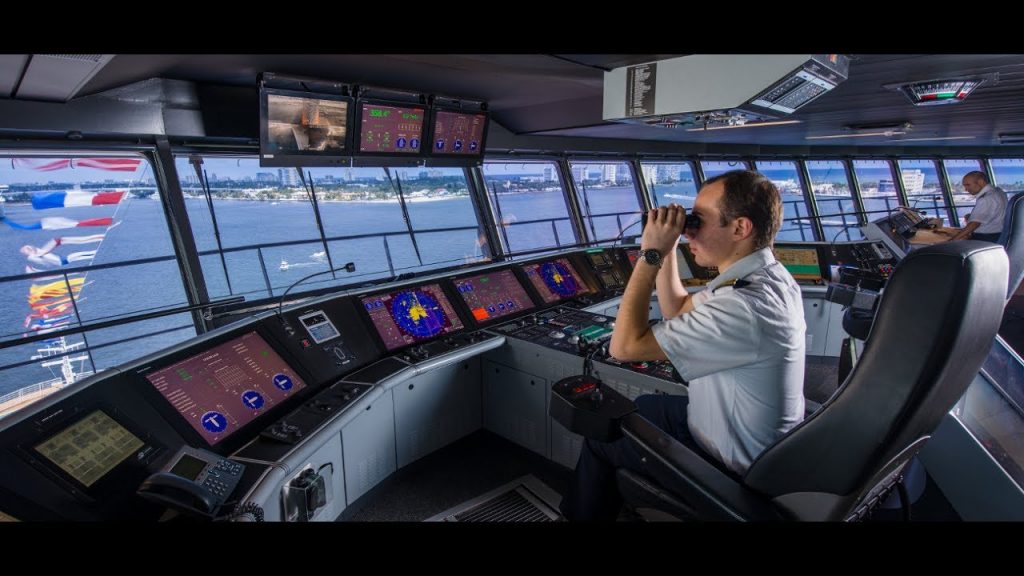
What precautions should be taken during a Small Craft Advisory?
During a Small Craft Advisory, inexperienced mariners and those operating smaller vessels should avoid navigating in the hazardous conditions. If you must venture out, ensure that your boat is in good working order, you carry the necessary safety equipment, and exercise extreme caution.
Are specific regions more prone to Small Craft Advisories?
Coastal areas and large bodies of water are more likely to experience Small Craft Advisories due to the potential for increased wind speeds and wave heights. However, weather conditions can change rapidly, and marine forecasts should always be checked before venturing out on the water, regardless of your location.
Charlie is Editor-in-Chief of Sea Magazine

